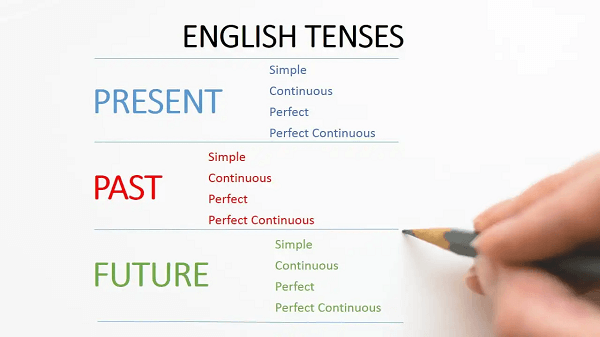What is Tense DefinitionThe concept of tense in grammar explains how a verb in a sentence communicates the time of an event or occurrence. It allows speakers and writers to convey a word's content and the temporal context in which it is being used, making it a crucial part of all languages. In essence, tense helps answer the question, "When did the action or event occur?" The past, present, and future are the three fundamental tenses in English. These tenses can further be divided into simple, continuous, perfect, and perfect continuous forms, more precisely, express time. 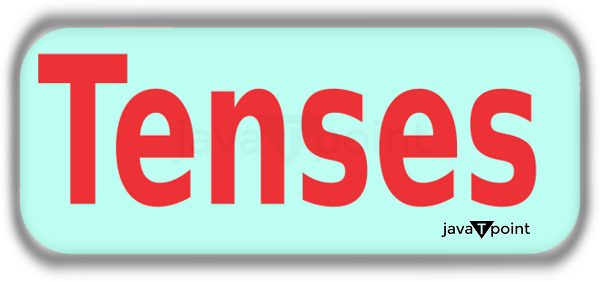
To discuss events that have already occurred, use the past tense. You can phrase it in the simple past tense by saying, "I walked to the store yesterday," or in the past continuous tense by saying, "I was walking to the store when I saw a friend." The past perfect form shows that an action or event happened before another one in the past, as in, "I had already eaten dinner when he arrived." The past perfect continuous form is employed to show that an action or occurrence was ongoing up to a specified moment in the past, as in "I had been studying for three hours when I decided to take a break." What is happening right now or is always true is described in the present tense. It can be stated in the simple present form, as in "I like to read," or in the present continuous form, as in "I am reading a book right now." The present perfect tense indicates that an activity or event began in the past and is ongoing, as in "I have lived in this city for five years." When an activity or event started in the past and is still ongoing in the present, the present perfect continuous form is employed, focusing on the length of the action or event, as in "I have been studying for three hours." The future tense alludes to activities or occasions from here on out. It tends to be communicated in the simple future structure, as in "I will go to the store tomorrow," or in the future continuous structure, as in "I will be going to the store around early afternoon tomorrow." The future perfect structure demonstrates that an activity or occasion will be finished before one more activity or occasion from now on, as in "I will have completed my schoolwork when you show up." The future perfect Continuous structure is utilized to demonstrate that an activity or occasion will have been progressing up until a particular point from here on out, as in "Around this time one week from now, I will have been working at my new position for a month." Uses of the TermIn contemporary linguistic theory, "tense" refers to a category that reflects time reference, which uses grammatical devices to set a condition or action in time. But the word "tense" is frequently used to refer to verb tenses or constructions that convey more than just position in time, especially modal or aspectual properties. This is especially true of descriptions of languages that use traditional European grammar. 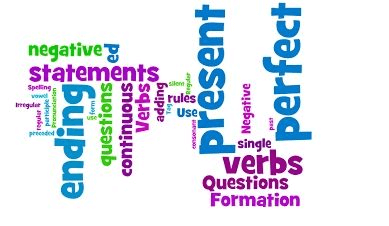
A condition or action's relationship to time is expressed by the category of aspect, which includes whether it is viewed as a finished activity, a continuing or recurring situation, etc. Many languages distinguish between the perfective aspect (signifying total occurrences) and the imperfective aspect (signifying continuous or recurrent circumstances); some additionally have different aspects, such as a perfect aspect (signifying a condition succeeding an earlier event). Traditional "tenses" can represent aspectual information and temporal reference. In contrast, the Latin perfect and the French pass� compos� or pass� simple are used when the perfective aspect is present. For instance, the imperfect is used in Latin and French to refer to the past when the imperfective aspect is present. Modality, which comprises uncertainty, evidentiality, and duty, is expressed through the mood category. Three moods are frequently used: indicative, subjunctive, and conditional. In some verb forms, tense, aspect, or perhaps both can be related to mood. This occasionally identifies some languages as having a single tense-aspect-mood (TAM) system without clearly presenting the three elements. Tense, especially in less conventional settings, is sometimes used to mean any mix of tense legitimate, angle, and temperament. As respects English, numerous action word structures and developments consolidate time reference with consistent and additionally wonderful angles and with emotional, subjunctive, or contingent temperament. Especially in some English language showing materials, some of these structures can be alluded to as tenses. Particular tense forms do not always need to convey their fundamental time-referential meaning. For instance, the present tense can be used to discuss historical occurrences. Crosslinguistically, the phenomena of fake tense are frequently used to indicate counterfactuality in conditionals and desires. Types of TensesIn grammar, tense states the moment an action or event occurs. Different tenses are used to express diverse temporal connections. The three main tenses used to indicate time and length in English are past, present, and future. Each of these tenses has a variety of forms.
Tense MarkingMorphology of TenseTense is typically demonstrated by utilizing a specific action word structure - either a bent type of the whole action word, a multi-word development, or both in a mix. Affectation might include the utilization of appends, for example, the - ed finishing that denotes the past tense of English standard action words, yet can likewise involve stem alterations, like ablaut, as found in serious areas of strength for the in English and other Germanic dialects, or reduplication. Multi-word tense developments frequently include assistant action words or clitics. Models who join the two kinds of tense checking incorporate the old-fashioned French composition, which has an assistant action word along with the arched past participle type of the principal action word, and the Irish past tense, where the proclitic does show up related to the appended or ablaut-altered past tense type of the primary action word. 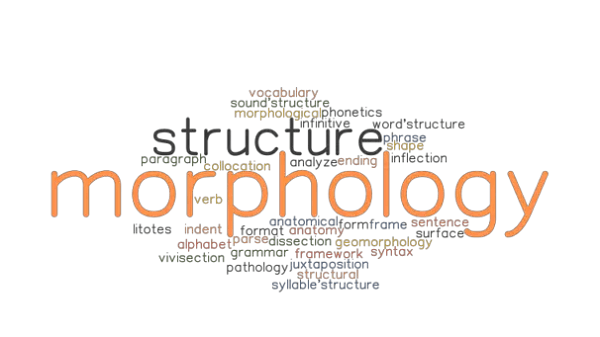
As referenced previously, tense signs are often bound up with signs of other verbal classes, like perspective and temperament. The formation examples of action words frequently additionally reflect concurrence with classifications relating to the subject, like individual, number, and orientation. It is not generally imaginable to recognize components that mark a particular class, like tense, independently from the others. It has been demonstrated that certain languages mark nouns with tense information in addition to aspect and mood. This is referred to as nominal TAM. Syntax of TenseIn formal examinations of the interactions between tense marking and word order, the syntactic aspects of tense have taken center stage. 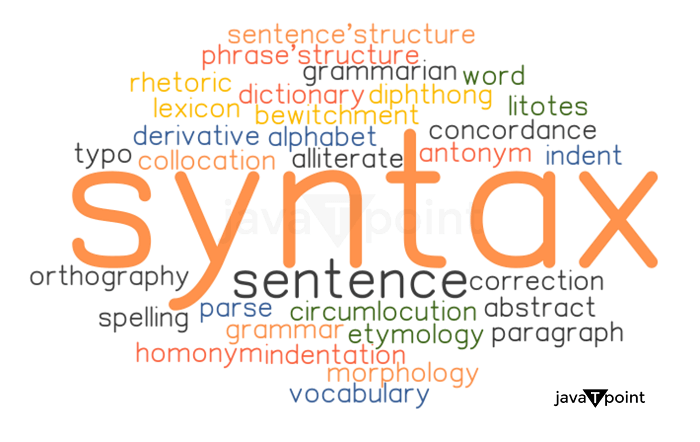
Some languages, like French, allow for [Verb-Adverb-Object] ordering, which places an adverb (Adv) between a verb (V) with a marked tense and its direct object (O). In contrast, other languages (like English) demand [Adverb-Verb-Object] ordering and do not let the adverb come between the verb and its immediate object. The head of a TP (tense phrase), the category label T, acts as the syntactic equivalent of tense.
Next TopicWind Definition
|
 For Videos Join Our Youtube Channel: Join Now
For Videos Join Our Youtube Channel: Join Now
Feedback
- Send your Feedback to [email protected]
Help Others, Please Share





